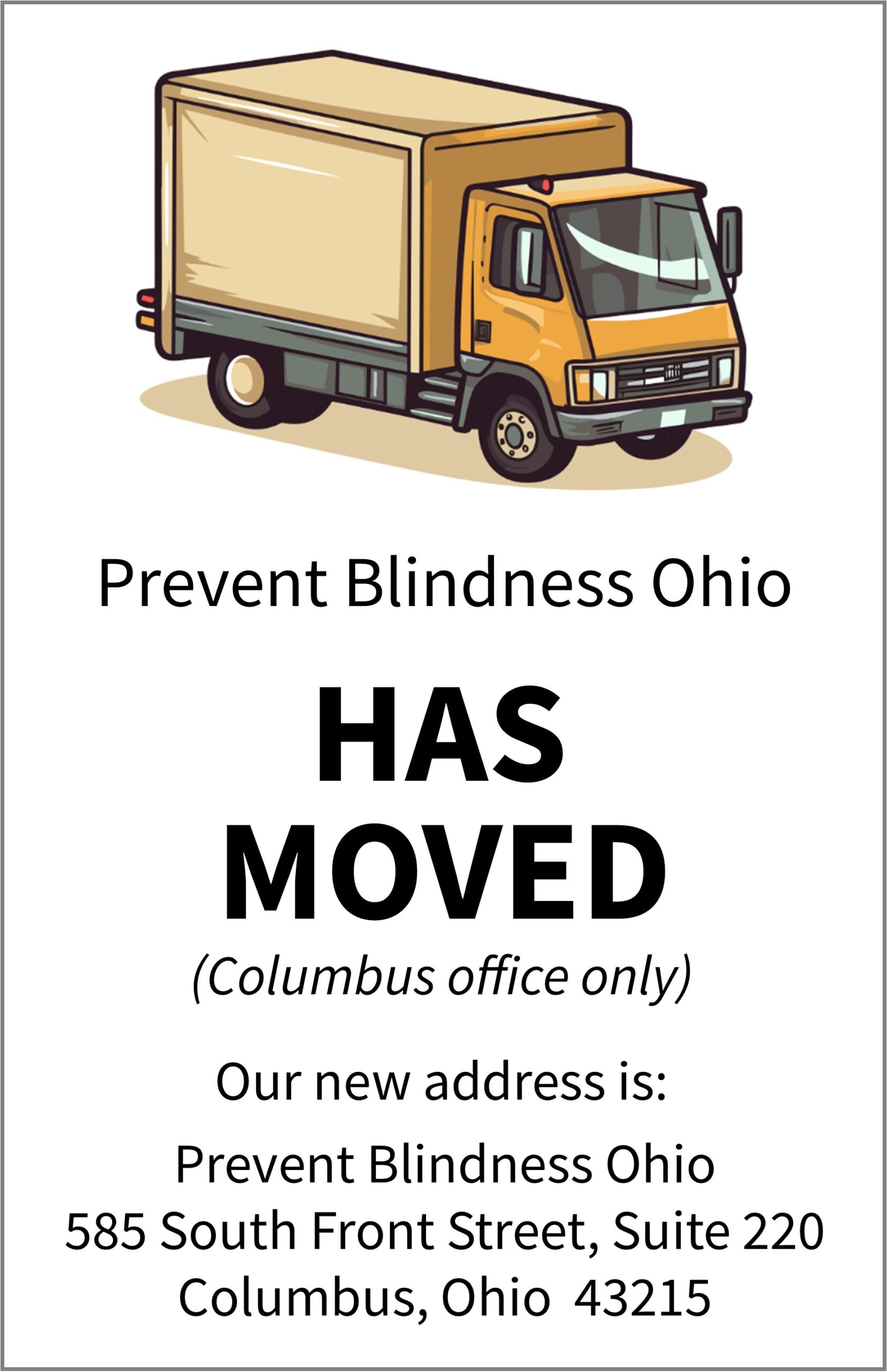For more information:
Whitney Anderson
Phone: (614) 464-2020 ext. 105
Email address: [email protected]
Programs and More for Most Common Eye Disease
–
Prevent Blindness has declared June as Cataract Awareness Month to educate the public on risk factors, symptoms and treatment options.
-
Aging
-
Intense heat or long-term exposure to UV rays from the sun
-
Certain diseases, such as diabetes
-
Inflammation in the eye
-
Hereditary influences
-
Events before birth, such as German measles in the mother
-
Long-term steroid use
-
Eye injuries
-
Eye diseases
-
Smoking
EyeCare America from the American Academy of Ophthalmology offers the “Seniors Program,” where qualified seniors ages 65 and older can obtain a free eye exam and up to one year of follow-up care for any condition diagnosed during the initial exam, for the physician services.
Most cataract surgery is covered by Medicare and health insurance. However, it is important that every patient talks to his or her eyecare professional and insurance provider to determine what surgery-related expenses are covered and by how much. According the U.S. Centers for Medicare & Medicaid Services, generally, Medicare does not cover eyeglasses or contact lenses. However, following cataract surgery that implants an intraocular lens, Medicare Part B (Medical Insurance) helps pay for corrective lenses (one pair of eyeglasses with standard frames or one set of contact lenses).
Not all patients who are eligible for cataract surgery actually obtain it. A recent report in JAMA Ophthalmology from representatives of the University of Michigan Kellogg Eye Center, “Association of Social Support Network Size With Receipt of Cataract Surgery in Older Adults,” found that Medicare beneficiaries with fewer family members in their social support network were less likely to receive cataract surgery. In fact, this population had 40 percent lower odds of receiving cataract surgery compared with those with more family members. The findings suggest that initiatives aimed at directing information on resources in the patient’s area, including transportation services, may result in increases in cataract surgeries for those in need.
“Although millions of Americans today have cataract, there are services and programs available to help,” said Sherry Williams, President & CEO of the Ohio Affiliate of Prevent Blindness. “In fact, seniors of any age living in Ohio can contact the Ohio Affiliate of Prevent Blindness at 800-301-2020 ext. 8 for access to a free eye exam and free eyeglasses if financial criteria are met.”
For free information on cataract visit www.preventblindness.org/cataract.For a listing of vision care financial assistance programs in Ohio, click here to visit the Ohio Vision Resource Guide.
About Prevent Blindness
Founded in 1908, Prevent Blindness is the nation’s leading volunteer eye health and safety organization dedicated to fighting blindness and saving sight. The Ohio Affiliate of Prevent Blindness is Ohio’s leading volunteer nonprofit public health organization dedicated to preventing blindness and preserving sight. We serve all 88 Ohio counties, providing direct services to more than 1 million Ohioans annually and educating millions of consumers about what they can do to protect and preserve their precious gift of sight. For more information or to make a contribution, call 800-301-2020. Or, visit us on the web at www.pbohio.org or facebook.com/pbohio.

